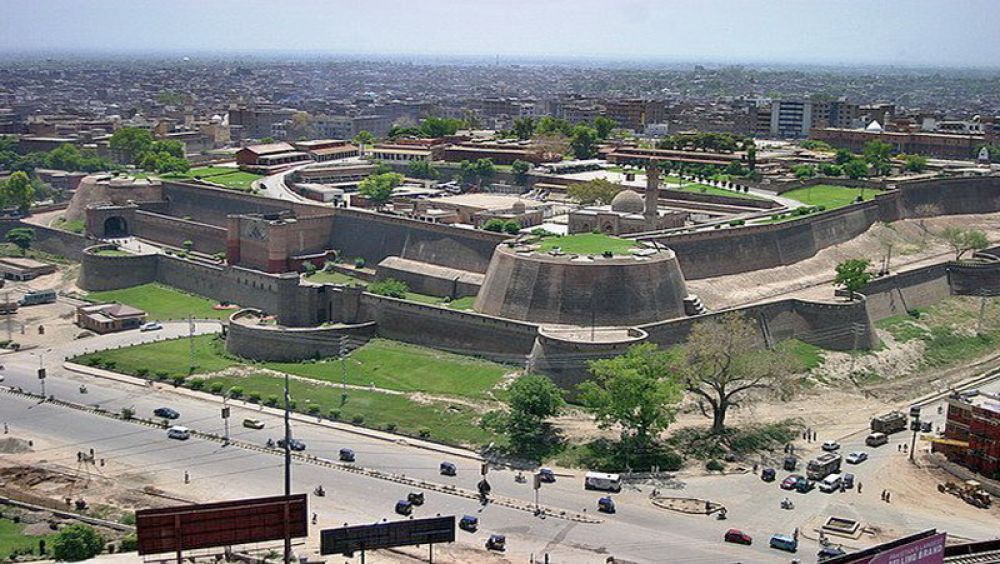

Bala Hisar Fort is one of the most significant historical landmarks located in Peshawar, Pakistan. With a commanding view over the city and its surroundings, the fort’s name translates to 'High Fort' in Dari Persian, reflecting its importance throughout history. The fort has stood as a sentinel, witnessing the rich tapestry of history that has unfolded in the region.
The origins of Bala Hisar Fort are shrouded in the mists of time, with some historians suggesting it dates back to the era of the Persian Empire. The fort has been reconstructed and refurbished by various rulers who controlled Peshawar over the centuries, including the Sikhs and Durranis. The current structure largely dates back to the Sikh era, when Peshawar became a significant city in the Sikh Empire under Maharaja Ranjit Singh in the early 19th century.
During British rule in India, the fort was used as a residence for the Frontier Corps, a paramilitary force. It also served as a strategic location in the numerous military campaigns undertaken in the region. After Pakistan’s independence in 1947, Bala Hisar Fort continued to be an important military site.
The fort had only been accessible to the public intermittently due to security concerns. However, efforts have been made in recent years to make this historic structure more tourist-friendly, recognizing its potential to attract both domestic and international visitors. Its proximity to other cultural landmarks in Peshawar, like the famed Qissa Khawani Bazaar, adds to its appeal for those interested in experiencing the rich history and culture of the region.
In line with a growing trend in preserving and promoting cultural heritage sites in Pakistan, Bala Hisar Fort has seen increased interest as a tourist destination. Restoration works have been undertaken to preserve the fort’s structure while providing amenities for visitors. Informational signages and guided tours help educate tourists about the fort’s storied past.
Virtual reality experiences and a dedicated museum space within the fort have been suggested as future enhancements to enrich the visitor experience. These initiatives aim to combine the fort’s historical significance with modern technology to captivate a 21st-century audience.
Despite the potential, tourism at Bala Hisar Fort faces challenges such as the need for continuous conservation efforts and maintaining a balance between military use and public access. Security considerations also play a role in determining the level of access granted to visitors.
However, as tourism trends shift towards experiential and educational travel, Bala Hisar Fort is well-positioned to become a cornerstone of Peshawar’s tourism offerings. Efforts to market the fort, alongside other historical sites in the region, could significantly contribute to the local economy and the preservation of Peshawar's vibrant heritage.
For those planning a visit, it’s advisable to check the current visitor status and any necessary arrangements with local tour operators or tourism information centers. Visitors are encouraged to respect the historical nature of the site and follow any guidelines or regulations provided by the site's administrators.
In conclusion, the Bala Hisar Fort in Peshawar is not only an impressive structure but a chronicle of the region's history. As tourism continues to evolve, it stands as a beacon that draws culture and history enthusiasts to delve into the rich narrative of Pakistan’s past.